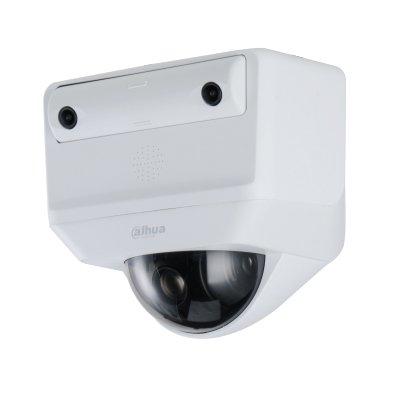Navigating security is like trying to make way through a high-stakes labyrinth. There are so many different, complicated passageways that make it hard to reach the destination. Zero Trust can help ease this journey.
Zero Trust
Dell is leading a paradigm shift in security, but it will take a village to bring it to life. This paradigm is Zero Trust, and it is helping pull together the village through a robust partner ecosystem.
Zero Trust is a cybersecurity framework that automates an organisaton’s security architecture and orchestrates a response as soon as systems are attacked. The challenge, however, lies in implementing a complete solution guided by the seven pillars of Zero Trust. No company can do this alone.
Zero Trust ecosystem
Dell brings together more than 30 leading technology and security companies to create a unified solution
To help private and public sector organisatons simplify the adoption, Dell is building a Zero Trust ecosystem.
It brings together more than 30 leading technology and security companies to create a unified solution across infrastructure platforms, applications, clouds, and services.
An advanced private cloud solution
Through this ecosystem, Dell and its partners are paving the way to adoption. Together with the Maryland Innovation Security Institute (MISI), it is providing best-in-class technology at the Zero Trust Center of Excellence and constructing an advanced private cloud solution focused on integrating and orchestrating customer security.
This approach will help organisatons implement the technology and tap the expertise needed to build and configure the architecture.
Integration of technology
Dell is enabling organisatons to defeat cyber criminals while meeting the U.S. government’s Zero Trust mandate
Leading the integration of the Zero Trust ecosystem, Dell brings together technology and capabilities from partners including Corsha, Gigamon, Intel, Juniper Networks, MISI, Nomad GCS, NVIDIA, Palo Alto Networks, VMware, and others.
By replicating the Department of Defence-approved architecture with technology from leading providers, Dell is enabling organisatons to defeat cyber criminals while meeting the U.S. government’s Zero Trust mandate.
Capabilities
The ecosystem will help execute the Department of Defence Zero Trust requirements, including capabilities such as:
- Continuous authentication: Continuously authenticates user access using multifactor authentication.
- Comply to connect, device detection, and compliance: Any device attempting to connect to a network or access a resource is detected and assessed for compliance status.
- Continuous monitoring and ongoing authorisation: Automated tools and processes continuously monitor applications and assess their authorisation to determine security control effectiveness.
- Data encryption and rights management: Data rights management tooling encrypts data at rest and in transit to reduce the risk of unauthorised data access.
- Software-defined networking: Enables the control of packets to a centralised server, provides additional visibility into the network, and enables integration requirements.
- Policy decision point and policy orchestration: Collects and documents all rule-based policies to orchestrate across the security stack for effective automation.
- Threat intelligence: Integration of threat intelligence data with other security information and event management (SIEM) data provides a consolidated view of threat activity.
End-to-end solution
Zero Trust is a journey, and the destination is a well-defined set of integrated and automated security activities validated by the U.S. government and recognised worldwide.
The partner ecosystem is a critical component of Dell’s project to scale an end-to-end validated Zero Trust solution for organisatons worldwide. It looks forward to sharing more on the Zero Trust strategy at Dell Technologies World 2023 in Las Vegas, May 22-25, 2023.



















